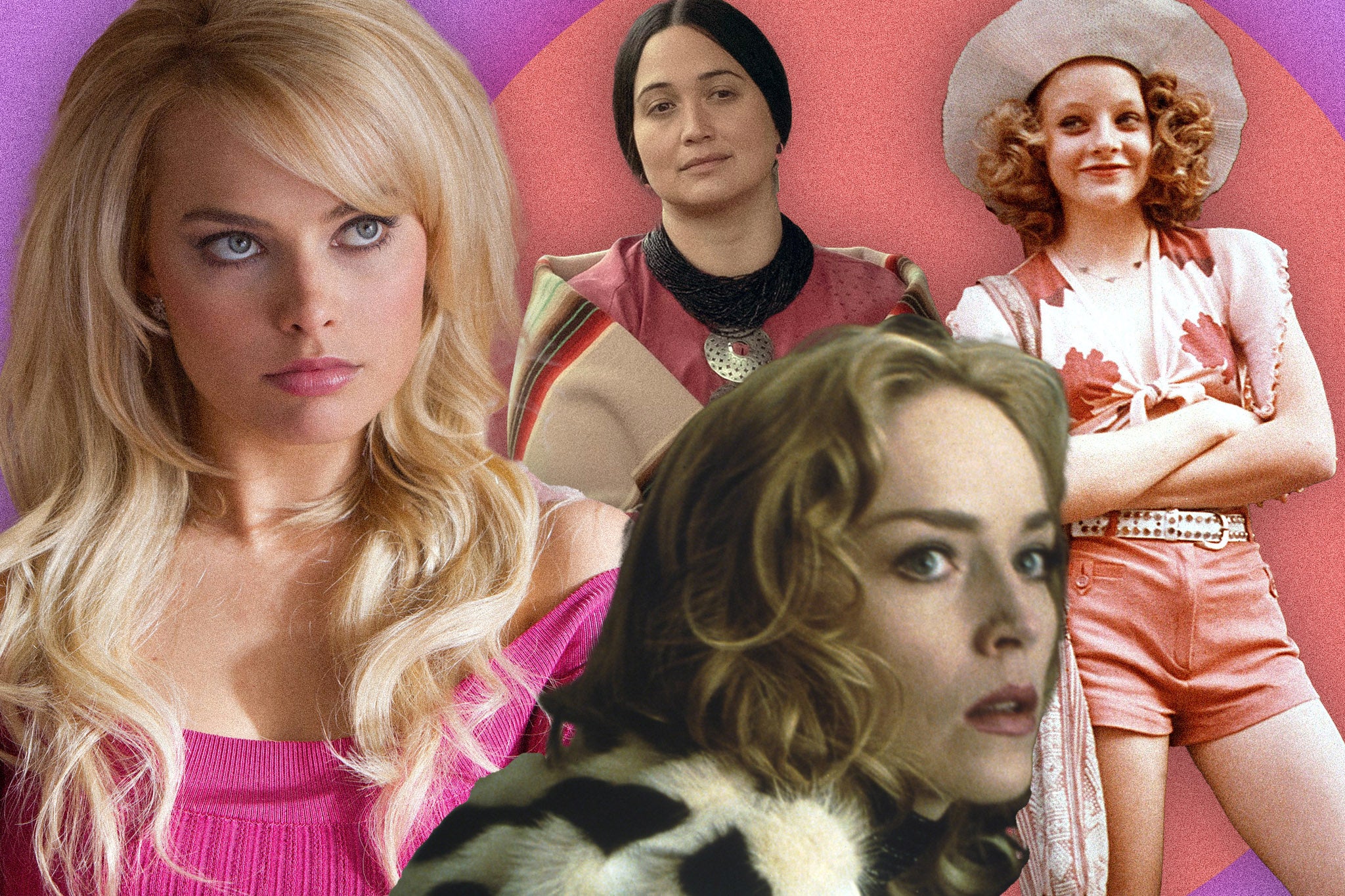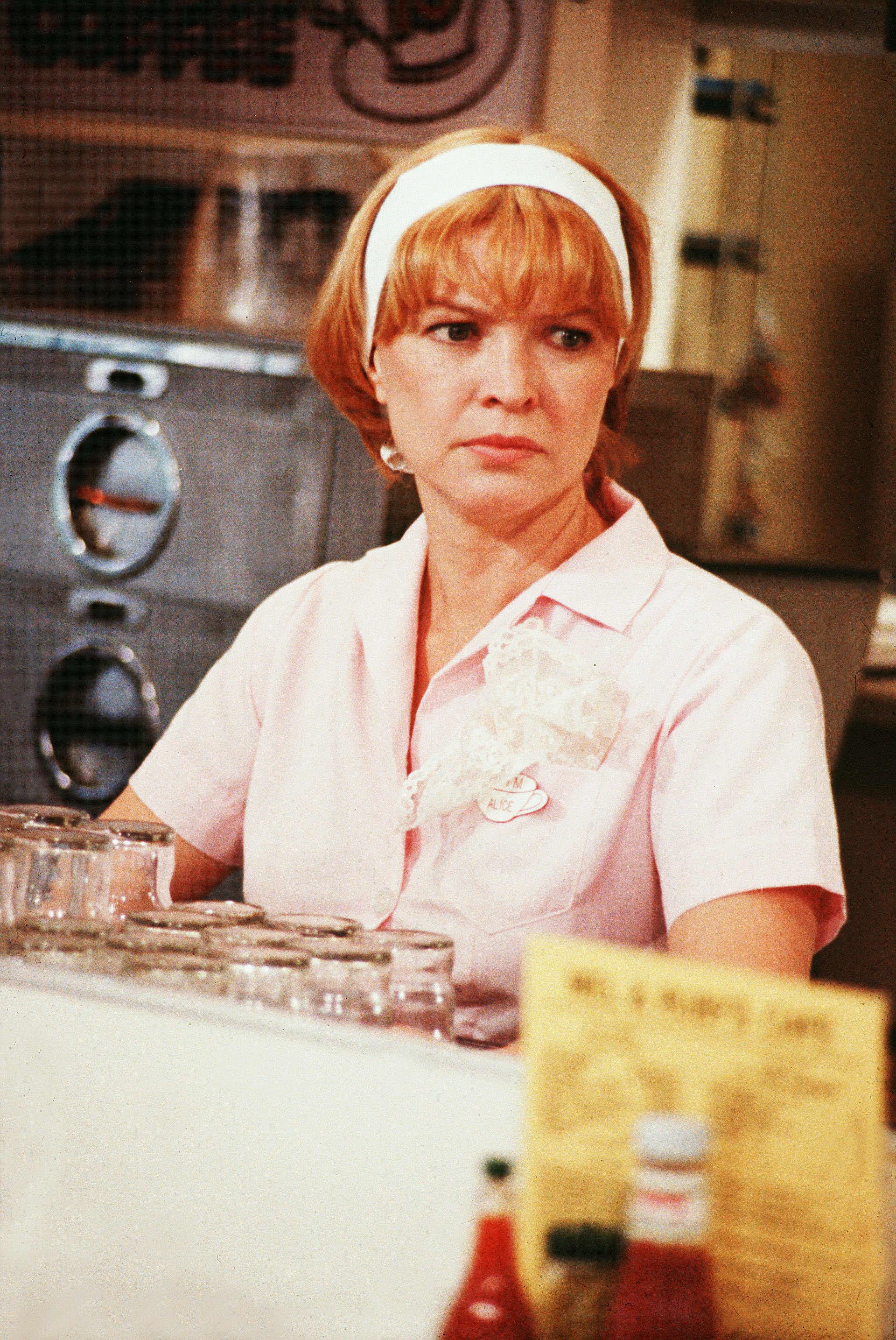Martin Scorsese doesn’t have a woman problem – just look at his movies
His films are brash boys’ clubs where women are ‘broads’ and ‘whores’, say his critics. Get outta here! responds Anne Billson. From Lorraine Bracco in ‘Goodfellas’ to Lily Gladstone in his forthcoming ‘Killers of the Flower Moon’, Marty’s movie females are not just eye-candy — they have agency

Martin Scorsese makes nothing but gangster movies, glamourises violence, and thinks female characters are a waste of time. Or so a cabal of unthinking social media pundits keep telling us. Each time a new Scorsese film comes out – and his historical thriller Killers of the Flower Moon is released this month – the same old arguments resurface. He makes nothing but gangster movies? Oh please! Of his 26 features, only half a dozen could be described as gangster-ish. He glamourises violence and corruption? Only if you need your moral message spelt out in words of one syllable, just so you don’t imagine Ray Liotta’s Henry Hill in Goodfellas (1990) or Leonardo DiCaprio’s Jordan Belfort in The Wolf of Wall Street (2013) are worthy role models.
And, of course, we get the old canard that his films are a boys’ club. The Irishman, Scorsese’s 2019 crime epic, was lambasted for its scarcity of female characters, with Anna Paquin’s dialogue limited to seven words. Paquin plays the daughter of the film’s protagonist, a contract killer (Robert De Niro), and essentially represents the film’s conscience in a sea of amorality. She knows what her father does for a living, and despises him for it. All this is evident in her face, but it seems some viewers wanted her to talk us through what we already knew.
Challenged by a reporter in 2019 on a perceived lack of female characters in his work, a frustrated Scorsese replied: “If the story doesn’t call for it... it’s a waste of everybody’s time.” Which some internauts translated as Marty saying female characters were a waste of time. Scorsese “thinks that female characters could detract from a story”, declared The Mary Sue, a pop culture website so eager to be outraged they ignored the part where the filmmaker added, “If the story calls for a female character lead, why not?”
Should Scorsese have tried to shoehorn a major female character into Silence (2016), never mind that it’s about Portuguese Jesuits whose faith is tested in 17th-century Japan, a country even more patriarchal in the Edo period than it is today? Or how about giving the Dalai Lama a feisty female sidekick in Kundun (1997)? Should Scorsese turn his back on deeply personal projects that, by their very socio-political or historical nature, don’t have leeway for credible female characters?
A writer on the film criticism site Screen Queens summarises his oeuvre: “Women are often referred to as ‘broads’ or ‘whores’, and the men are in complete control... The women aren’t human beings to them, something either disposable [sic], or a trophy prize to display.” This is nonsense – especially as the example they cite is the famous extended tracking shot in Goodfellas when Henry leads Karen, his wife-to-be, through the back door of the Copacabana club, past the corridors and kitchens and into a plum spot right in front of the stage. What Screen Queens chooses not to notice is that all this plays out from Karen’s point of view. Henry has set up the entire scene, not to display her as a trophy, but to impress his future wife with his connections and status. The three leads of Goodfellas are male, but Karen (Lorraine Bracco) is hardly sidelined, and unlike De Niro and Joe Pesci, Bracco gets a voiceover; it’s through her eyes that we see the corrupt inner workings of the mob into which she is marrying.
It’s true that most of Scorsese’s work depicts the world through male-gaze goggles. His feature debut, 1967’s Who’s That Knocking at My Door?, is a dry run for his 1973 breakthrough Mean Streets; a young New Yorker called JR (Harvey Keitel) wrestles with guilt and violence, torn between the Catholic faith and hoodlum life with his buddies. “There are girls, and then there are broads”, says JR, whose love interest doesn’t get a name, not even in the credits, where she’s referred to as “Girl”, played by Zina Bethune. But she gets plenty of screen time, and it’s not hard to share her disappointment when she confides to JR about having once been raped by a boyfriend, and JR refuses to believe her story, implies she brought it on herself and calls her a “whore”. But she’s not the passive victim here; she has agency – and uses it to leave him.

JR’s “girls versus broads” dichotomy was embodied in Taxi Driver (1976) by “respectable” Betsy (Cybill Shepherd) and 12-year-old prostitute Iris (Jodie Foster). But this is a view of women held by our titular anti-hero, Robert De Niro’s Travis Bickle, not Scorsese. He’d even already made a film with a female protagonist: 1972’s Boxcar Bertha, for low-budget producer Roger Corman. When Bertha (Barbara Hershey, who later played Mary Magdalene in Scorsese’s 1988 epic The Last Temptation of Christ) resorts to prostitution to survive during the great depression, the film documents it without moral judgement.
Alice Doesn’t Live Here Anymore, released in 1974, is not just named after its female protagonist, who sets out on the road with her son after her abusive husband is killed in a car accident, but rarely strays from her viewpoint. She meets other abusive men, but one of the film’s most heartening elements is the developing camaraderie between Alice and the other waitresses at the diner where she gets a job. Alice is not a feminist; she’s just a widowed mother trying to make ends meet while holding on to her dreams of being a singer. Ellen Burstyn won a Best Actress Academy Award for her portrayal.
The “Scorsese-films-are-an-oestrogen-free-zone” crowd also seem to have overlooked his New York, New York (1977), a classic Hollywood musical spliced with social realism, which splits its point of view between saxophonist Jimmy (De Niro) and chanteuse Francine (Liza Minnelli). The film kicks off with a textbook display of harassment that will be uncomfortably familiar to all female viewers when Jimmy chats up Francine, refusing to take no for an answer. In a straightforward romcom this would be played as cute, but here it’s red flag behaviour, foreshadowing the way Jimmy will later abuse his wife before abandoning her and their child as her career overtakes his own.
Domestic abuse is even more central to Raging Bull (1980), in which middleweight boxer Jake LaMotta (De Niro again) takes out his toxic masculinity on his wife Vickie (Cathy Moriarty). But surely no filmmaker dismissive of women would ever cast an actor with a personality as strong as Moriarty’s in that role. Scorsese’s women are not always the central figures, nor are they always sympathetic, but nor are they afterthoughts or stereotypes. Sandra Bernhard goes full-on psycho as the fan who kidnaps a talk show host in The King of Comedy (1982), while the black comedy After Hours (1985) presents a monstrous regiment of nutty, emasculating women. Crucially, though, they are seen through the paranoid eyes of Paul (Griffin Dunne), an office worker who finds himself hopelessly out of his depth when he ventures downtown to see a girl he met in a cafe. He then finds himself hunted down by vengeful ice-cream ladies and cracked waitresses.
And so it goes. The protagonist of 1993’s The Age of Innocence, adapted from Edith Wharton’s novel set in high society in 1870s New York, appears to be Newland Archer (Daniel Day-Lewis), a dull lawyer engaged to respectable May (Winona Ryder) but attracted to scandalous Countess Olenska (Michelle Pfeiffer), who has fled an abusive marriage in Europe. But it becomes clear that, without Archer being aware of it, it’s the two women who are pulling his strings.

In Scorsese’s 1995 gangster epic Casino, set in 1970s and 1980s Las Vegas, Sharon Stone almost steals the picture as showgirl-cum-hustler Ginger. The epic crime drama puts as much effort into documenting her fabulous outfits, awful choices in men, and decline into addiction as it does into the rise and fall of her husband Sam “Ace” Rothstein (De Niro), and his enforcer (Pesci). Stone nails it – she’s sensational - and was rewarded with an Oscar nomination.
The female character closest to incarnating an archetypal trophy wife in Scorsese’s oeuvre is Naomi, Jordan Belfort’s love interest in The Wolf of Wall Street. But even here, Margot Robbie – in her breakthrough role – makes each of her lines zing, turning the trophy blonde into not just an adjunct to her increasingly dissolute husband, but someone in control of her life. Like the other women in Scorsese’s films, she’s not just eye candy. She has agency.
Meanwhile, Lily Gladstone’s performance as Mollie Burkhart in Killers of the Flower Moon is already being touted as a shoo-in for next year’s Oscar nominations. Her co-stars, Scorsese stalwarts De Niro and DiCaprio, are also in the mix, but it’s Mollie who provides Scorsese’s adaptation of David Grann’s true crime bestseller with its heart and soul. It wasn’t always thus; pre-pandemic, the screenplay was centred on the proto-FBI agent investigating murders of members of the Osage tribe in 1920s Oklahoma. But Scorsese and his collaborators encouraged input from the Osage Nation, and the emphasis shifted away from the “White Saviour” narrative towards Burkhart, her sisters and her white husband (DiCaprio). “You can’t take your eyes off her,” Scorsese has said of her. Add one more to the tally of his fascinating female characters.
‘Killers of the Flower Moon’ is in cinemas from 20 October






Join our commenting forum
Join thought-provoking conversations, follow other Independent readers and see their replies
Comments